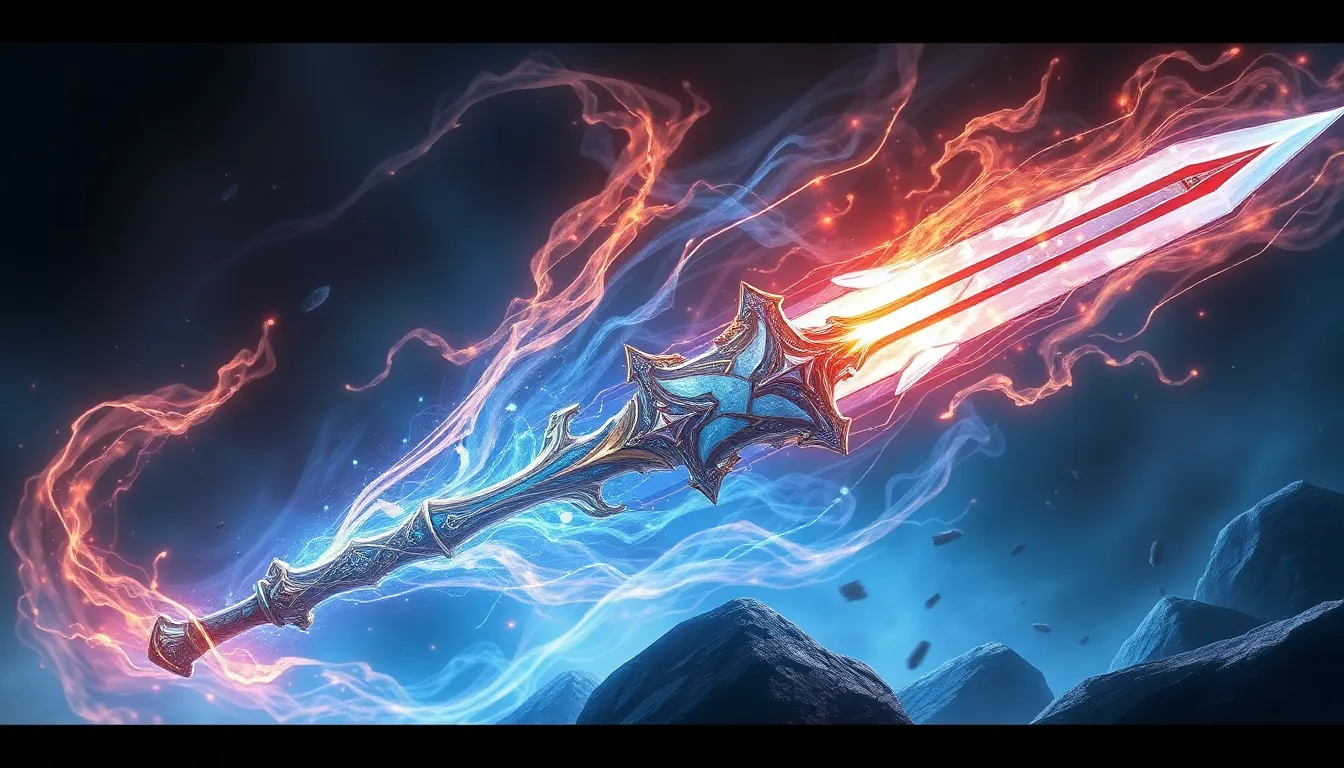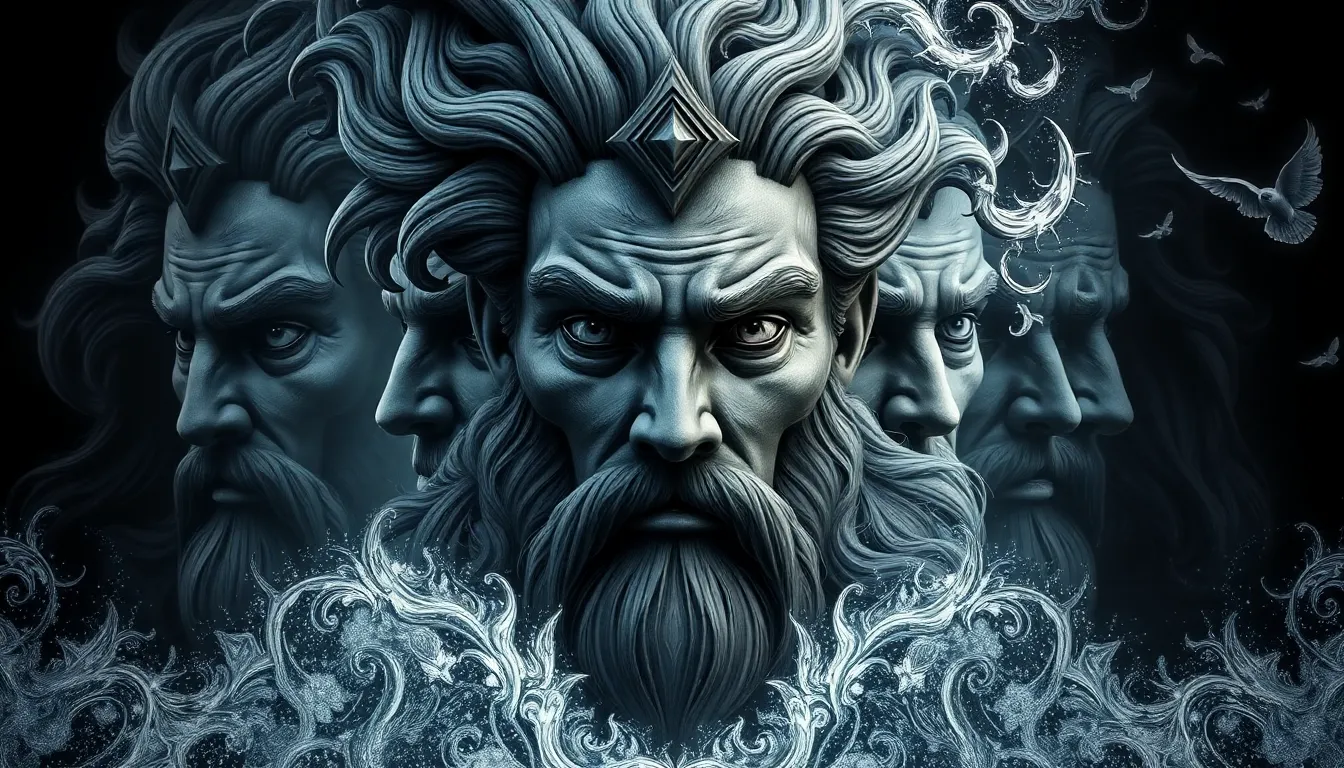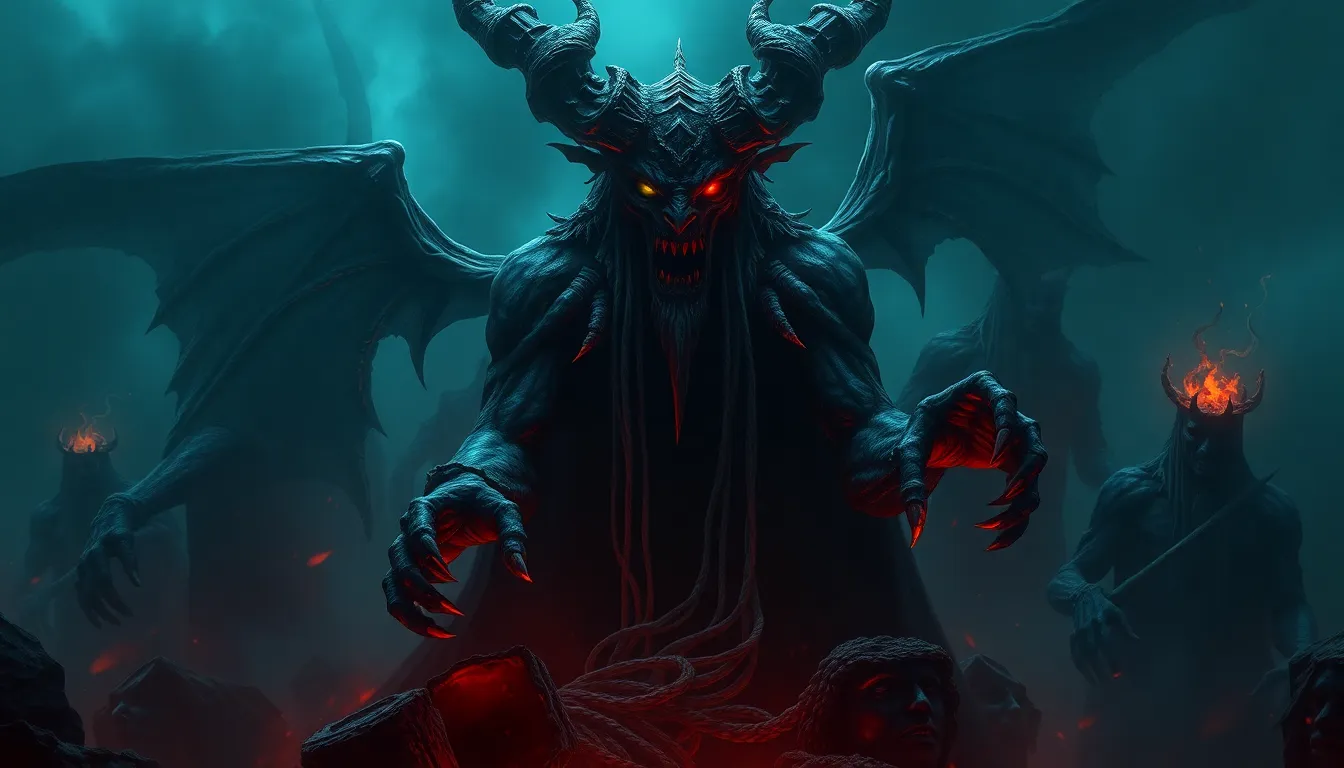Divine Destruction: The Deadliest Weapons from Mythic Lore
Introduction to Mythic Weapons
Mythic weapons are not merely tools of warfare; they are embodiments of power, destiny, and the divine. Across various cultures, these weapons symbolize the might of gods and heroes, often playing crucial roles in the narratives that shape their respective mythologies. The themes of destruction and power are prevalent in these tales, highlighting the dual nature of these artifacts: they can be instruments of protection or agents of chaos.
The Origins of Divine Weaponry
In ancient cultures, the creation of weapons was often intertwined with divine intervention. Many myths recount how gods crafted extraordinary weapons, imbuing them with powers that far surpassed ordinary armaments. For instance, in Greek mythology, it was said that the god Hephaestus forged weapons for the gods, while in Norse mythology, dwarves were credited with the creation of some of the most powerful artifacts.
The significance of these divine weapons extends beyond their physical capabilities. They serve as symbols of authority, justice, and the balance between good and evil. Their origins often reflect the values and fears of the societies that created them.
The Thunderbolt of Zeus: Power and Fury
The thunderbolt wielded by Zeus, the king of the Greek gods, is one of the most iconic symbols of divine power. Described as a weapon of immense destructive force, the thunderbolt represents both the wrath of Zeus and his authority over the sky. In many myths, Zeus uses his thunderbolt to punish mortals and other gods alike, showcasing the fine line between justice and vengeance.
- In the myth of Prometheus, Zeus uses the thunderbolt to punish humanity for receiving fire.
- During the Titanomachy, Zeus unleashes his thunderbolts to defeat the Titans, securing his reign.
The thunderbolt is more than a weapon; it is a symbol of divine retribution and the overwhelming power that deities wield over mortals.
Excalibur: The Sword of Destiny
Excalibur, the legendary sword of King Arthur, represents the pinnacle of sovereignty and rightful rule. In Arthurian legend, Excalibur is bestowed upon Arthur by the Lady of the Lake, symbolizing his divine right to lead. The sword is not just a weapon; it embodies the virtues of honor, justice, and the burdens of leadership.
Excalibur’s role in battles is significant, often depicted as invincible, cutting through enemies with ease. Its legendary status is intertwined with the fate of Camelot and the ideals of chivalry.
Mjölnir: Thor’s Unmatched Hammer
In Norse mythology, Mjölnir, the hammer of Thor, is renowned for its unmatched destructive capabilities. Crafted by dwarven blacksmiths, Mjölnir is said to be so heavy that only Thor can wield it, symbolizing both strength and the protection of the gods against chaos represented by giants.
- Mjölnir is famous for its ability to level mountains and summon thunderstorms.
- It serves as a protective tool for both gods and humans, safeguarding them from malevolent forces.
The cultural impact of Mjölnir is profound, inspiring countless adaptations and representations in modern media, from comics to films.
The Spear of Destiny: A Weapon of Prophecy
The Spear of Destiny, also known as the Holy Lance, carries a rich tapestry of legends. It is said to have pierced the side of Christ during the crucifixion, granting it significant religious and symbolic power. In various mythologies, the spear is associated with prophecy and the fate of nations.
Throughout history, it has been believed that whoever possesses the Spear of Destiny holds the power to control the world. This association with apocalyptic events further enhances its mythic status, making it a crucial artifact in both religious and secular narratives.
The Trident of Poseidon: Mastery Over the Sea
Poseidon, the Greek god of the sea, wields a trident that symbolizes his dominion over oceans, storms, and earthquakes. The trident is not merely a weapon; it represents the unpredictable and often destructive nature of the sea.
- In myths, Poseidon uses his trident to create storms, causing ships to capsize and instilling fear among sailors.
- The trident also serves as a tool for creating new land and nurturing marine life, illustrating the duality of his nature.
Poseidon’s trident is a powerful symbol in mythology, embodying the balance between creation and destruction.
The Bow of Artemis: Precision and Destruction
The bow of Artemis, the goddess of the hunt, is a weapon of precision that signifies skill and deadly accuracy. In mythology, Artemis is portrayed as a protector of nature and a fierce hunter, often using her bow to defend her realm from threats.
- The bow is associated with swift retribution, often striking down those who harm the innocent.
- Artemis’s archery skills make her a formidable force, capable of bringing down both mortals and mythical beasts.
Her bow exemplifies the connection between nature and destruction, highlighting the role of women in mythic narratives.
The Cursed Blade: The Dark Side of Divine Weapons
Throughout mythology, some weapons are imbued with curses that bring doom to their wielders. These cursed blades often lead to tragic outcomes, reflecting the darker side of power and ambition.
- In the Arthurian legends, the sword Caliburn (also known as Excalibur in some tales) is said to bring misfortune to those who seek it for selfish reasons.
- The cursed sword of the Japanese legend, Muramasa, is believed to impart a bloodthirsty desire to its wielder, often leading to madness.
These stories serve as cautionary tales, illustrating how the pursuit of power can lead to self-destruction.
Conclusion: The Legacy of Mythic Weapons
The legacy of mythic weapons continues to resonate in modern storytelling and pop culture. From films and literature to video games, the fascination with these artifacts persists, a testament to humanity’s enduring intrigue with the intersection of divinity, power, and destruction.
These weapons remind us of the complexities of power—how it can be wielded for good or evil, protection or destruction. As we continue to explore these ancient narratives, we uncover the timeless themes that shape our understanding of heroism and the eternal battle between light and darkness.


